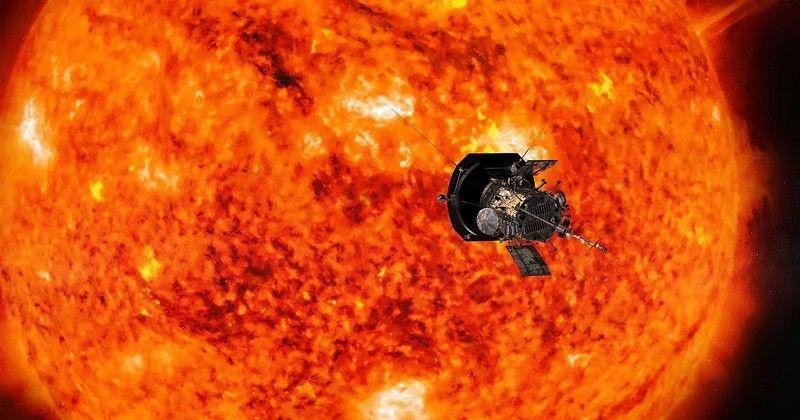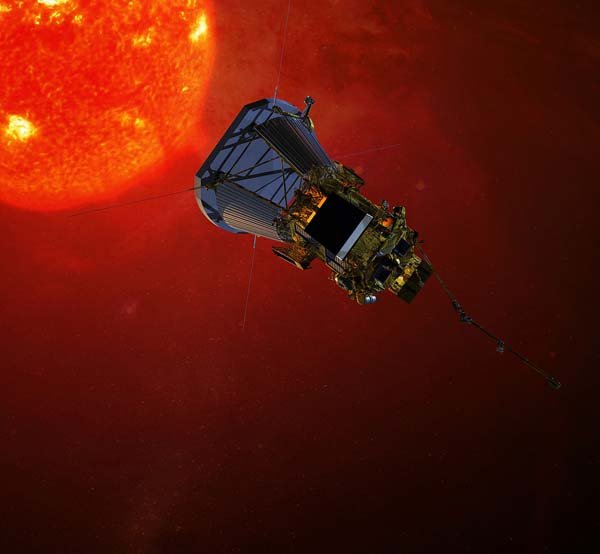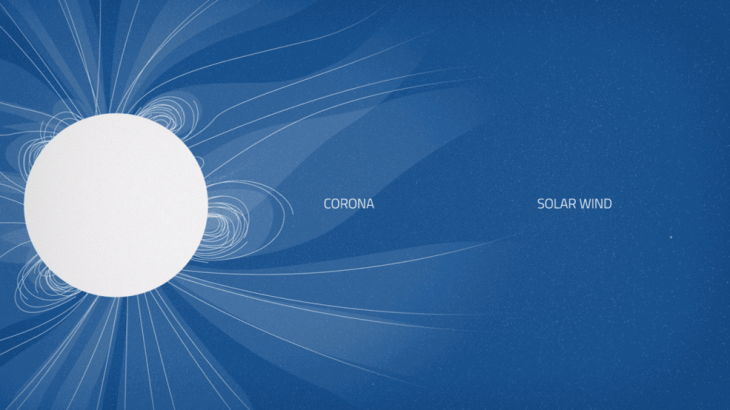NASA’s Photo In The Shortest Distance From The Sun
Anita - Dec 15, 2018

NASA’s Parker Solar Probe took the image of the corona of the sun in the shortest distance ever in the space history.
- Russia Will Build A Lunar Space Station With China Because It's Done With NASA
- NASA Reveals 20 Most Stunning Earth Images Taken From The ISS
- Indian-Origin NASA Researcher Discovers Jupiter Moon Europa Glows In The Dark
For the first time, a spacecraft has approached the corona of the sun.
The Parker Solar Probe of NASA carries the mission to seek the answers to critical questions about the Sun that we have been asking.
NASA's Parker Solar Probe
And for the mission to be accomplished, the spacecraft has to get nearer to the giant star than any other craft has ever done before. Now, for the first success, we have the first images from this mission.
In the period of October 31 – November 11, the probe had the first meeting with the Sun from a distance of 27.2 million kilometers, entering the atmosphere of the Sun, also known as the corona. This is the shortest distance from a spacecraft to the Sun in the space history.
The image was shared by scientists of NASA at the American Geophysical Union's meeting this week. The probe’s Wide-field Imager for Solar Probe (WISPR) took the image on the 8th of November, which shows a streamer of coronal. These bands are created by the material of the Sun within the corona. Looking at the image, you can see Mercury, the shining spot close to the center, and two visible rays.
The Sun's Corona
According to the Director of NASA’s Heliophysics Division, Nicola Fox, it took them over 60 years of waiting to witness such mission to be completed.
The probe is expected to address 3 main questions, as follow:
- How does the corona of the Sun have considerably higher heat than the visible surface of the Sun?
- How can the Sun eject such fast solar wind?
- How can a few of the particles of the sun move quickly from the sun at more than half the light’s speed?
The second solar encounter is expected to take place in April 2019 and the probe is projected to continue its mission till 2025.
Featured Stories

Features - Jul 01, 2025
What Are The Fastest Passenger Vehicles Ever Created?

Features - Jun 25, 2025
Japan Hydrogen Breakthrough: Scientists Crack the Clean Energy Code with...

ICT News - Jun 25, 2025
AI Intimidation Tactics: CEOs Turn Flawed Technology Into Employee Fear Machine

Review - Jun 25, 2025
Windows 11 Problems: Is Microsoft's "Best" OS Actually Getting Worse?

Features - Jun 22, 2025
Telegram Founder Pavel Durov Plans to Split $14 Billion Fortune Among 106 Children

ICT News - Jun 22, 2025
Neuralink Telepathy Chip Enables Quadriplegic Rob Greiner to Control Games with...

Features - Jun 21, 2025
This Over $100 Bottle Has Nothing But Fresh Air Inside

Features - Jun 18, 2025
Best Mobile VPN Apps for Gaming 2025: Complete Guide

Features - Jun 18, 2025
A Math Formula Tells Us How Long Everything Will Live

Features - Jun 16, 2025


Comments
Sort by Newest | Popular